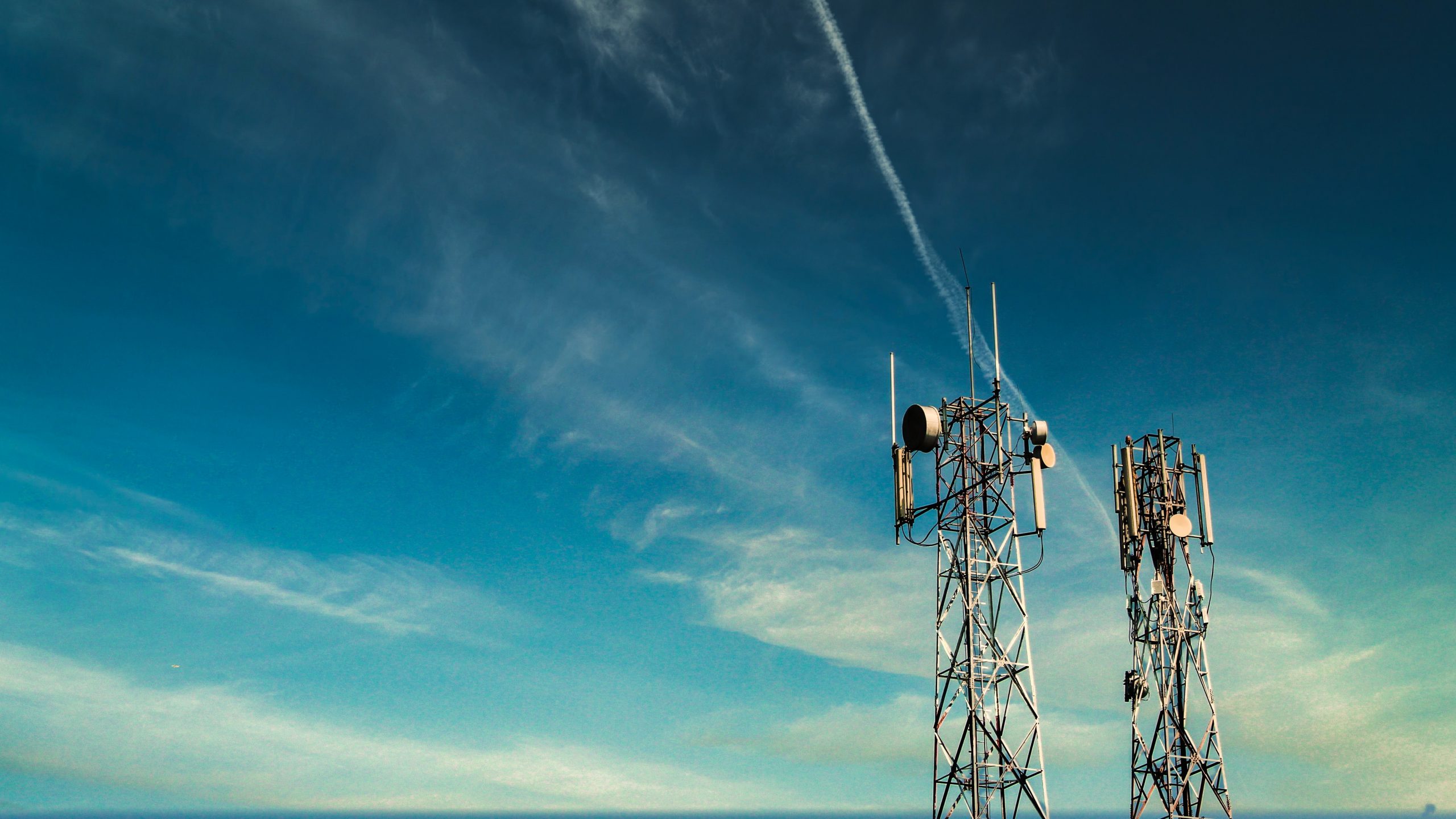What is the safest distance coming from a 5G cell Tower?

If you've ever wandered through a city and spotted tiny cell towers for 5G placed on poles for street lighting. They look like small boxes however they're actually sending wireless signals from cell phone providers to your phone.
They are replacing larger specially-designed cell towers. While they're less noticeable but they can still cause issues for users.
The FCC's Radiation Exposure Thresholds
The FCC's Radiation Exposure Thresholds establish the maximum amount of time one can expose to electromagnetic energy generated by wireless devices. The limits for exposure are based upon scientific research which show that the energy of RF could be harmful to human health.
The rate of absorption called the specific absorption rate (SAR) is an indication of the amount of radiofrequency energy absorbed by tissue. It's typically 1.6 Watts per kilogram calculated over one Gram of tissue.
Since 5g is able to transmit at higher frequencies and has the potential to cause greater energy intensity on the skin and other exposed body areas. This can lead to various possible harms, like the formation of skin disorders like dermatitis, skin cancer and cataracts.
Due to the potential for negative effects of 5G radiation, PSU has chosen to create a general limits on power density, which is 4mW/cm2 averaged across 1 centimeter, and never exceeding 30 minutes for the entire 5G spectrum at 3000 GHz. This localized limit is in accordance with the highest spatial-average SAR of 1.6 W/kg averaged over 1 grams of tissues at six GHz.
The FCC's Maximum Exposure Thresholds
If you've ever used a mobile phone, then you're aware that a safe location from the tower should be at least 400 meters away. safe distance from cell tower is due to the transmitting power of the cell tower is significantly increased the further your location from the tower.
Although this may sound like something that's good, the reality is that people living in close proximity to towers might be more susceptible to health issues. For instance, a 2014 study in India discovered that those living within 50 meters from cell towers suffered significant more health issues than those living further distance from them.
But, the study showed that residents who moved to areas further away from cell towers noticed their symptoms return to normal within a couple of days. Other studies have demonstrated that exposure to extreme amounts of electromagnetic field radiofrequency (EMFs) can cause cancer, brain tumors and other health issues.
what is a safe distance from a cell tower is due to the fact that RF radiation, which is used for wireless communication, has the ability to penetrate the human body's outer layer, which is the skin. It is vital to be aware of this because the skin acts as a protective barrier against mechanical injury, infection caused by pathogenic microorganisms and the entry of harmful substances. It is also the largest organ in the human body. It is accountable for protecting other organs.
https://www.openlearning.com/u/rasmussensun-rtp81y/blog/VeryBestMinimumAcceptableLengthBetweenYourselfPlusA5GMobileTower for the Minimum Exposure

The FCC's Minimum Exposure Thresholds rely on a variety of assumptions that are not supported by scientific research. They include the false belief that exposures of a short duration to RF radiation are safe due to minimal penetration into the body (i.e. thermal heating of tissue).
The assumption also ignores the deeper penetration of the ELF parts of modulated RF signals and the consequences of brief bursts of heat generated by RF waves that are pulsed. These assumptions do not correspond with current knowledge of the biological effects of RF radiation, and thus, they should not be used for health protective exposure guidelines.
Additionally there is the fact that both ICNIRP and FCC restrict their limit of exposure to the local SARs that are based on the maximum spatial specific absorption rate (psSAR) which is not a sufficient dosimetric tool to determine the degree of exposure to RF radiation. In particular the psSAR tool is not accurate for frequencies above 6 GHz. Furthermore, psSAR has not been evaluated for RF radiation that is exposed to other environmental agents , such as sunlight. Interactions of RF radiations with different environmental agents may result in antagonistic or synergistic effects. This would result in an increased risk of adverse health consequences. For instance, exposure to RF radiation and sunlight could cause an increase in the incidence of developing skin cancer, and may also exacerbate other skin conditions like acne.
